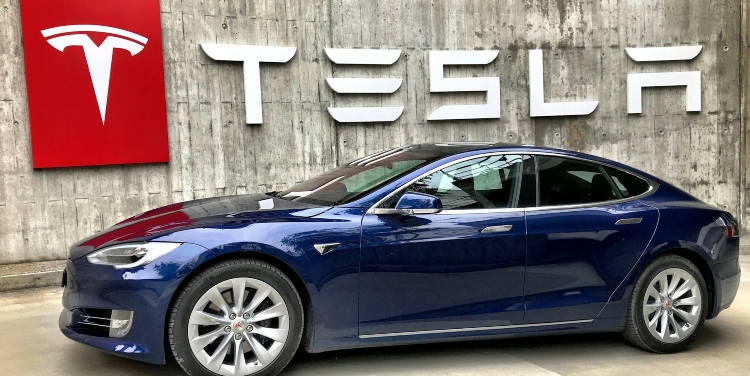In recent years, the world has seen rapid developments in artificial intelligence and robotics technologies. Tesla, widely known for its electric vehicles and groundbreaking projects in autonomous driving, has been a leading force in this market. However, a new contender has emerged – China, which is determined to catch up with and even overtake Tesla in the production of humanoid robots. How did this rivalry begin, and what steps is China taking to achieve this goal?
Tesla, primarily known for manufacturing electric vehicles, has also been focusing on developing automation technologies. In August 2021, Elon Musk unveiled plans for a humanoid robot called Optimus, designed to perform routine tasks and significantly ease human lives. Importantly, robotics is not just a side project for Tesla but a strategic initiative that could expand its market reach and boost overall productivity.
Tesla stock chart has shown significant fluctuations, especially since the company announced its plans for the Optimus humanoid robot in August 2021, reflecting investor reactions to the company’s expansion into automation and robotics.
As Tesla advances its autonomous driving technologies, applying similar principles to robots is a logical next step. In this context, Tesla’s production facilities can be effectively used not only for car manufacturing but also for creating humanoid robots, potentially leading to synergy across the company’s various business sectors.
China has been actively developing its automotive industry for many years and is now the world’s largest manufacturer of electric vehicles. In recent years, companies such as BYD, NIO, and Xpeng have made significant strides in electric mobility, making Chinese electric vehicles competitive both domestically and internationally.
In addition, China is actively investing in electric vehicle infrastructure, creating additional incentives for manufacturers. The electric vehicle industry has become a driver of economic growth in China and a platform for accumulating high-tech experiences that can be leveraged in the development of humanoid robots.
In January 2023, the Chinese government announced the creation of a $1.4 billion state fund to support the robotics industry. This initiative aims to foster technological development directly and provide a comprehensive approach to sector growth, including education, research, and startup financing.
Robotics is becoming a strategic economic priority for China. The market for humanoid robots is expected to reach a trillion yuan by 2030, and the government understands that this will require significant investments in research and development. Robots will soon not only handle trading using automated trading software but also fully integrate into the workforce. The fund’s creation helps attract talent and startups to the robotics sector, enabling them to adapt to a competitive environment and offer innovative solutions swiftly.
Several factors explain China’s ambition to surpass Tesla in humanoid robot production:
1. Economic benefits: Robotics has the potential to significantly boost productivity across various industries, including manufacturing, logistics, and services. The development and deployment of humanoid robots could reduce labor costs and enhance efficiency.
2. Technological independence: China strives to develop technologies to reduce reliance on foreign companies like Tesla. This will allow the country to control key technological chains and ensure national security.
3. Global competition: China is eager to establish itself as a leader in the high-tech market. Success in developing humanoid robots would bolster the country’s reputation as an innovator on the world stage.
4. Sustainable development: With an aging population, the need for automating routine tasks is growing in China and globally. Humanoid robots could provide a solution to this challenge.
China views the development and implementation of humanoid robots as a strategically crucial part of its economic model. By combining its strong manufacturing capabilities, honed in the electric vehicle sector, with government support and active investment, China hopes not only to catch up to but also surpass Tesla in this innovative field. This competition will likely lead to new technological breakthroughs and could change how we interact with robots in the future.
Thus, the battle for leadership in humanoid robotics is just beginning, with both Tesla and China striving to achieve significant progress in this exciting field – one that will undoubtedly have far-reaching implications for the entire world.
David Prior
David Prior is the editor of Today News, responsible for the overall editorial strategy. He is an NCTJ-qualified journalist with over 20 years’ experience, and is also editor of the award-winning hyperlocal news title Altrincham Today. His LinkedIn profile is here.












































































